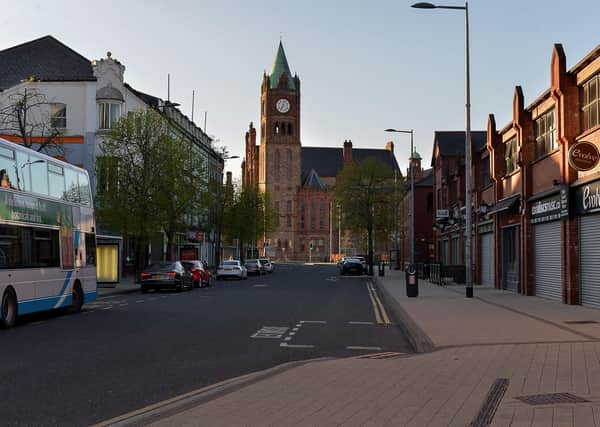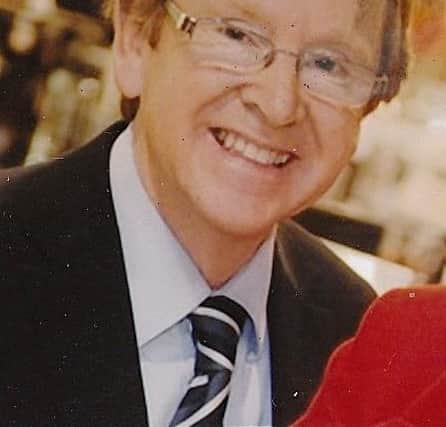OPINION: DECLAN HASSON - Social distancing open to wild interpretations


While the rest of us (most of us) have had to endure almost eight weeks of a crazy, dispiriting way of life, jobless and separated from family and friends, he was being ‘visited’ at his home by his married lover – not once, but twice.
This is the expert whose mathematical modelling suggested that 250,000 people would die unless drastic action was taken. On March 23, the prime minister acted on the scientist’s advice and shut the nation down.
Advertisement
Hide AdAdvertisement
Hide AdThe widespread measures imposed by the government included guidance on social distancing.


Unfortunately, Professor Ferguson, like some others, chose to ignore that guidance as it clearly didn’t quite suit him.
In his ultra-bland resignation statement, Ferguson said he “regretted any ‘undermining’ of the messages on social distancing” and that he accepted having made “an error of Judgement.”
Professor Ferguson’s ‘indiscretion’ followed the resignation of Scotland’s former Chief Medical Officer (CMO), Dr. Catherine Calderwood for making (unnecessary) trips to her holiday home during the lockdown – not once, but twice.
Advertisement
Hide AdAdvertisement
Hide AdShortly afterwards, at No. 10’s daily press briefing, a reporter from the Scotsman challenged the UK’s deputy CMO, Dr. Jenny Harries if she had visited her second home. Before the deputy CMO could answer, the Health Secretary, Matt Hancock suddenly brought the briefing to a swift conclusion.
The problem with social distancing is that it is open to wild interpretation.
Aer Lingus was heavily criticised for allowing around one hundred passengers to board one of their very few Belfast to London flights.
Strangely enough, the ‘whistle-blower’ appears not to have attempted to abandon his journey, such was his concern.
Advertisement
Hide AdAdvertisement
Hide AdBut the incident has only served to highlight the problem of applying social distancing to air travel – it simply does not work and it will never work. Apart from the passenger cabin, just imagine the flight deck?
The manager of Belfast City Airport, Brian Ambrose, has echoed the calls of Loganair’s CEO, John Hinkles, for the government to come up with a workable strategy to support air travel. The reality is that there is no viable alternative to how the fragile industry operates. Social distancing and air travel are incompatible.
There are approximately 300 registered commercial airlines across the globe. Aviation experts now believe that by the end of this month, at least 50% of those companies will have gone bust. This lockdown is decimating an industry, upon which we greatly depend.
Perhaps the most disturbing aspect of social distancing is its effect on children.
Advertisement
Hide AdAdvertisement
Hide AdThe Education Minister, Peter Weir, has recently intimated that schools could re-open in September, albeit on a phased and socially distant basis.
For many school children the prospect of continued disengagement from their peers is both upsetting and unsettling. Has no-one considered the fear and anxiety that children are experiencing in this current lockdown? As each day progresses, those fears just multiply.
Social distancing is not easy to police. It should be a matter of common sense. Some people are taking it to extremes, some are not and some, like Professor Ferguson are simply suiting themselves.
Perhaps the problem lies in the two metre ‘rule’.
In Austria, they have adopted a one metre spacing, which has enabled a lot more economic activity to take place. It’s amazing what you can do by being merely thirty nine inches apart.
A more realistic guide to social distancing is urgently needed – one that puts common sense back into our lives, but not one that encourages complacency.